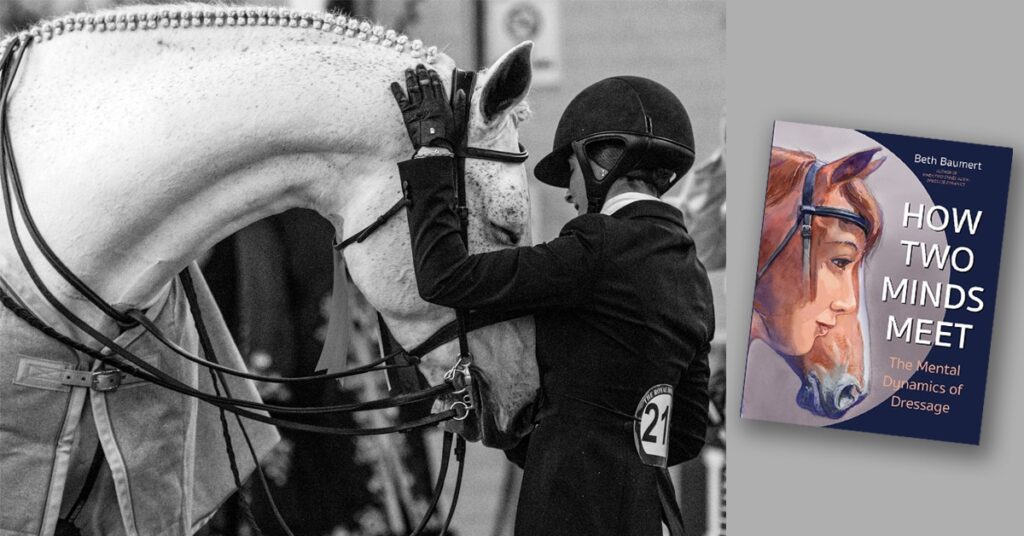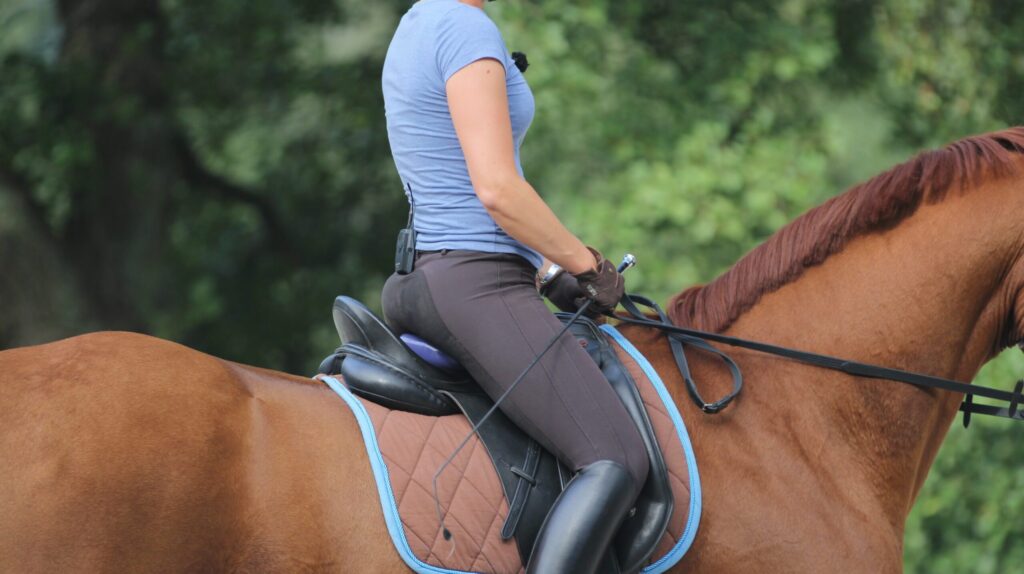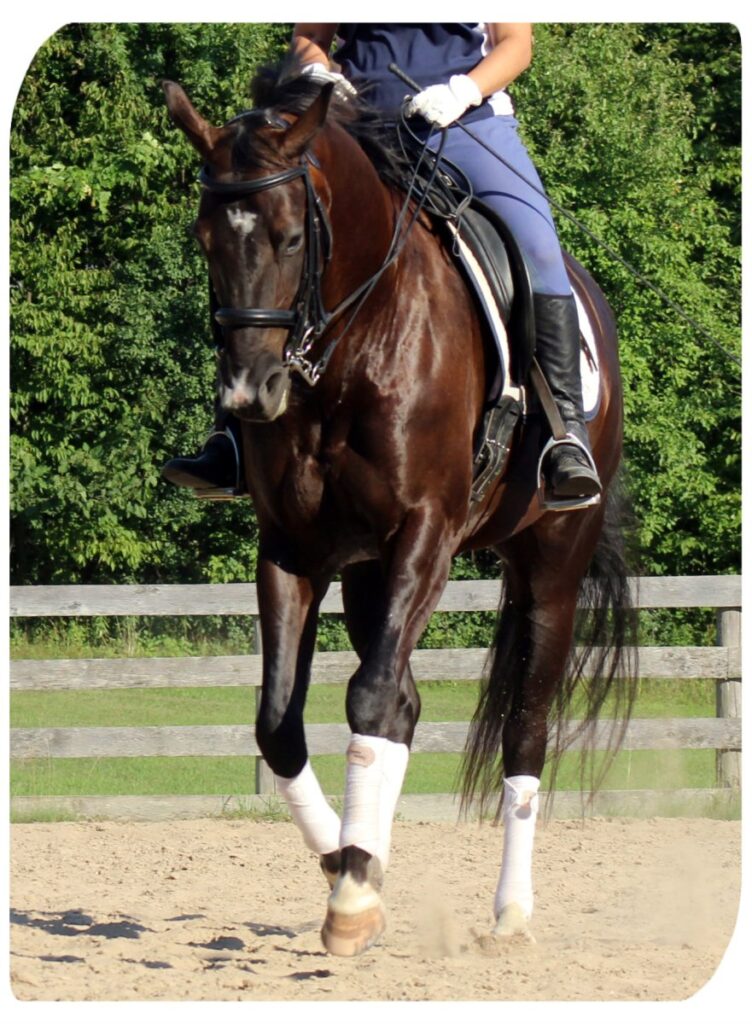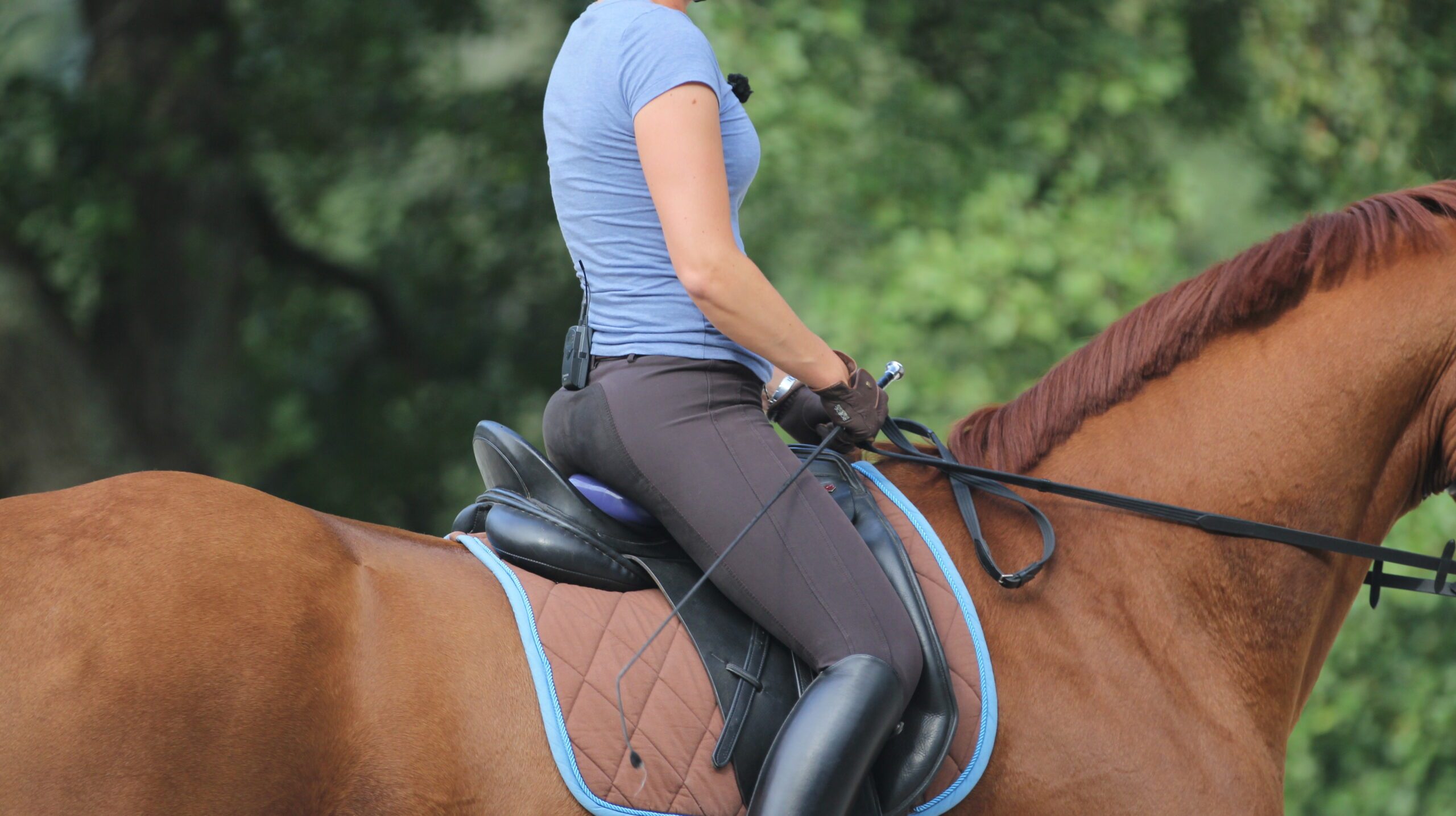Have you ever wondered how communication plays a role in horseback riding? It’s not just about sitting on a horse and steering it in the right direction. There’s actually a whole language that riders use to communicate with their horses, and it’s fascinating to learn about. In this article, we’ll dive into the different ways that riders communicate with their horses, from using their body language to verbal cues, and even through the use of reins and leg aids. You’ll be amazed at how much goes into the art of horseback riding!
When it comes to communicating with horses, there are so many different techniques and signals that riders use. It’s not just about talking to them like you would a human, but rather understanding their body language and responding accordingly. For example, a simple shift in body weight can tell a horse to turn or stop, while a gentle squeeze of the legs can signal them to speed up. Riders also use reins to communicate with their horses, applying pressure or releasing it to guide them in the right direction. It’s all about building a strong connection with your horse and understanding their unique language. In the rest of this article, we’ll explore these communication techniques in more detail, so stay tuned!
The Role of Communication in Horseback Riding
Effective communication is crucial in horseback riding as it establishes a strong bond and partnership between the rider and the horse. By communicating clearly and understanding each other’s signals, both rider and horse can ensure safe and enjoyable rides. In this article, we will explore the importance of communication in horseback riding, different communication methods, and how to overcome challenges that may arise.

Building Trust and Partnership with Your Horse
Creating a trusting and solid partnership with your horse is the foundation of effective communication. Horses are highly perceptive animals and have the ability to sense their rider’s emotions and intentions. By investing time and effort into building trust, you can establish a harmonious relationship and improve your communication with your horse.
To build trust, spend quality time with your horse outside of riding. Engage in grooming sessions, hand-walking, and simply being in their presence. This will allow your horse to become more comfortable and develop trust in you. By showing consistency, patience, and respect, you will create a bond that will improve communication both on and off the saddle.
Clear Communication for Safe Riding
Clear communication between horse and rider is essential for maintaining safety during rides. By effectively communicating your intentions, requests, and expectations, you can prevent misunderstandings and potential accidents. A clear and concise communication style helps the horse understand what is expected of them and enables the rider to provide timely guidance.
One of the most basic forms of communication is through the use of aids. Aids are physical or verbal signals given by the rider to direct the horse’s movement. These aids can include the rider’s seat, legs, hands, voice, and posture. To ensure clear communication, it is important to understand and properly use each aid.

Establishing a Strong Connection
Developing a strong connection with your horse is crucial for effective communication. By understanding your horse’s body language and cues, you can better interpret their needs and intentions. This connection allows you to communicate in a subtle and nuanced manner, resulting in a more harmonious and balanced ride.
One way to establish a strong connection is through ground exercises. Groundwork involves working with the horse from the ground, using various exercises to improve communication and responsiveness. By practicing exercises such as leading, lunging, and lateral movements, you can enhance your communication skills and develop a deeper understanding of your horse’s behavior.
Non-Verbal Communication Signals
Horses primarily communicate through non-verbal signals, relying on body language to express their thoughts and emotions. As a rider, it is important to be aware of these signals and interpret them correctly. By understanding your horse’s non-verbal communication, you can respond appropriately and effectively.
Some common non-verbal signals horses use include ear position, tail movement, body tension, eye contact, and facial expressions. For example, a pinned back ear typically indicates aggression or irritation, while relaxed ears indicate a calm and content horse. By observing and interpreting these signals, you can better understand your horse’s state of mind and adjust your communication accordingly.

Listening to Your Horse’s Signals
Communication is a two-way street, and it is equally important to listen to your horse’s signals as it is to provide your own. Horses often communicate their needs, discomfort, or fear through subtle cues, and it is crucial for riders to be attentive and responsive to these signals.
For instance, a horse may display signs of resistance or tension when they are in pain or discomfort. It is essential for the rider to recognize these signals and address the underlying issue promptly. By listening to your horse’s signals, you can maintain a level of trust and respect, ensuring a more effective and positive communication experience.
Understanding Horse Communication Styles
Each horse has its own unique communication style, influenced by its breed, temperament, and individual personality. Understanding and adapting to your horse’s communication style can greatly enhance your ability to effectively communicate with them.
For example, some horses may be naturally more sensitive and responsive to light aids, while others may require stronger cues. By observing and understanding your horse’s preferred communication style, you can tailor your aids and cues accordingly, ensuring a clearer and more efficient line of communication.

Developing a Language with Your Horse
Developing a common language with your horse is essential for successful communication. This language consists of consistent and clear signals that both horse and rider understand and respond to effectively. By establishing a shared language, you can enhance your communication and create a stronger partnership.
Consistency is key when developing a language with your horse. Use the same aids and cues consistently and reinforce them with praise and rewards when the desired response is achieved. By doing so, your horse will associate these signals with specific actions, making communication more effortless and intuitive.
Using Voice Commands
While horses primarily rely on non-verbal communication, voice commands can be a valuable addition to your communication repertoire. Voice commands are particularly useful in reinforcing cues and aids, as well as giving clear instructions during training sessions or competitions.
When using voice commands, it is important to be consistent with your choice of words and tone. Select simple and distinct commands, such as “walk,” “trot,” “canter,” “halt,” and “back.” Pair these commands with the corresponding aids for a more comprehensive and clear communication experience.

Body Language and Posture
The rider’s body language and posture play a crucial role in communicating with the horse. Horses are highly perceptive to subtle shifts in the rider’s position and can interpret these cues as aids or signals. Therefore, it is important for riders to maintain a balanced and relaxed posture while riding.
A straight and aligned posture, with shoulders back and down, allows the rider to communicate effectively through their seat and aids. By maintaining an open and relaxed body position, you will provide clear signals and enhance your horse’s understanding of your intentions.
The Role of Rein Aids in Communication
Rein aids are an integral part of communication between rider and horse. Rein aids involve the use of the reins to communicate with the horse’s head and neck, directing their movement and speed. Effective and precise rein aids are crucial for maintaining control and guiding the horse through various movements.
There are various types of rein aids, including direct rein, indirect rein, and neck rein. Each aid serves a specific purpose and provides different guidance to the horse. It is essential for riders to understand and utilize the correct rein aids to ensure clear and effective communication with their horse.
Effective Use of Leg Aids
Leg aids are another important component of communication in horseback riding. By using the legs in conjunction with other aids, riders can communicate precise instructions and cues to the horse. Leg aids are particularly useful in directing lateral movements, transitions, and encouraging impulsion.
Proper leg placement and application of leg aids are essential for clarity and effectiveness. Riders should practice maintaining a steady and consistent leg position, as well as knowing when and how to apply leg aids. By mastering leg aids, riders can refine their communication skills and achieve more subtle and refined responses from their horse.
Communication in Different Riding Disciplines
The role of communication may vary slightly depending on the specific riding discipline. Each discipline has its own set of movements, cues, and requirements, which riders must adapt to accordingly. Nevertheless, effective communication remains a fundamental aspect in all riding disciplines.
For example, in dressage, clear and precise aids are crucial in guiding the horse through intricate movements. Jumping disciplines require strong and accurate communication to navigate obstacles safely. Western riding relies on subtle cues and body language to communicate with the horse during maneuvers such as spins and slides.
Overcoming Communication Challenges
Effective communication in horseback riding does not come without its challenges. Riders may encounter obstacles or difficulties that hinder clear and efficient communication with their horse. However, with patience, practice, and understanding, these challenges can be overcome.
One common challenge is inconsistency in aids and cues. It is important for riders to be mindful of their own signals and ensure they are delivering consistent messages to the horse. Inconsistencies can lead to confusion and poor communication, affecting the horse’s understanding and responsiveness.
Another challenge may arise when riders fail to recognize and address their horse’s physical or emotional discomfort. It is crucial to listen to your horse and seek professional help when needed. By addressing any underlying issues, you can ensure your horse is physically and mentally comfortable, facilitating effective communication.
Conclusion: The Power of Communication in Horseback Riding
Effective communication is the cornerstone of successful horseback riding. By building trust, establishing a strong connection, and understanding each other’s signals, riders and horses can form a deep partnership that enhances their riding experiences. From clear aids and cues to non-verbal signals, every aspect of communication plays a crucial role in guiding and understanding the horse. Through consistent practice, patience, and a willingness to listen, riders can develop their communication skills and create a rewarding and harmonious experience with their horses. So, remember to communicate effectively, listen to your horse’s signals, and enjoy the incredible bond that horseback riding can bring.
